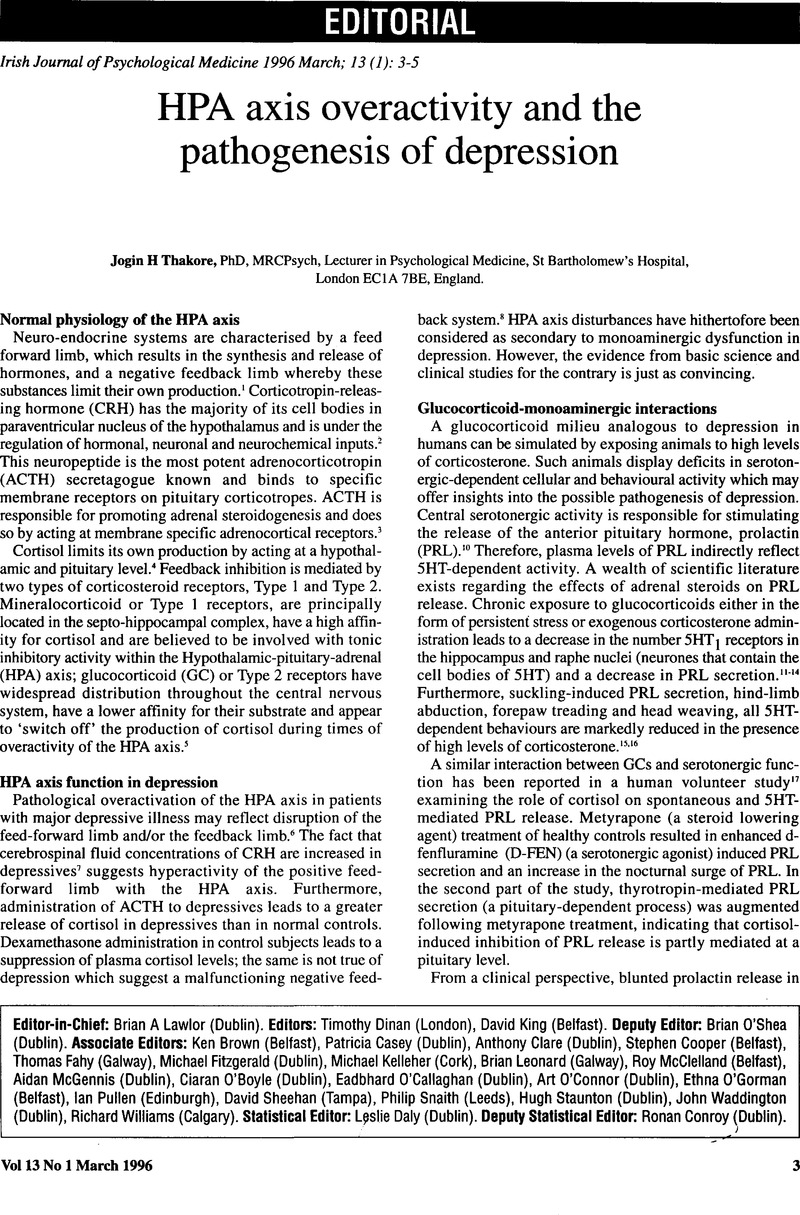Crossref Citations
This article has been cited by the following publications. This list is generated based on data provided by Crossref.
Thakore, Jogin H.
Richards, Paula J.
Reznek, Rodney H.
Martin, Andrew
and
Dinan, Timothy G.
1997.
Increased intra-abdominal fat deposition in patients with major depressive illness as measured by computed tomography.
Biological Psychiatry,
Vol. 41,
Issue. 11,
p.
1140.



